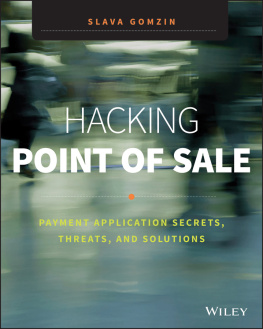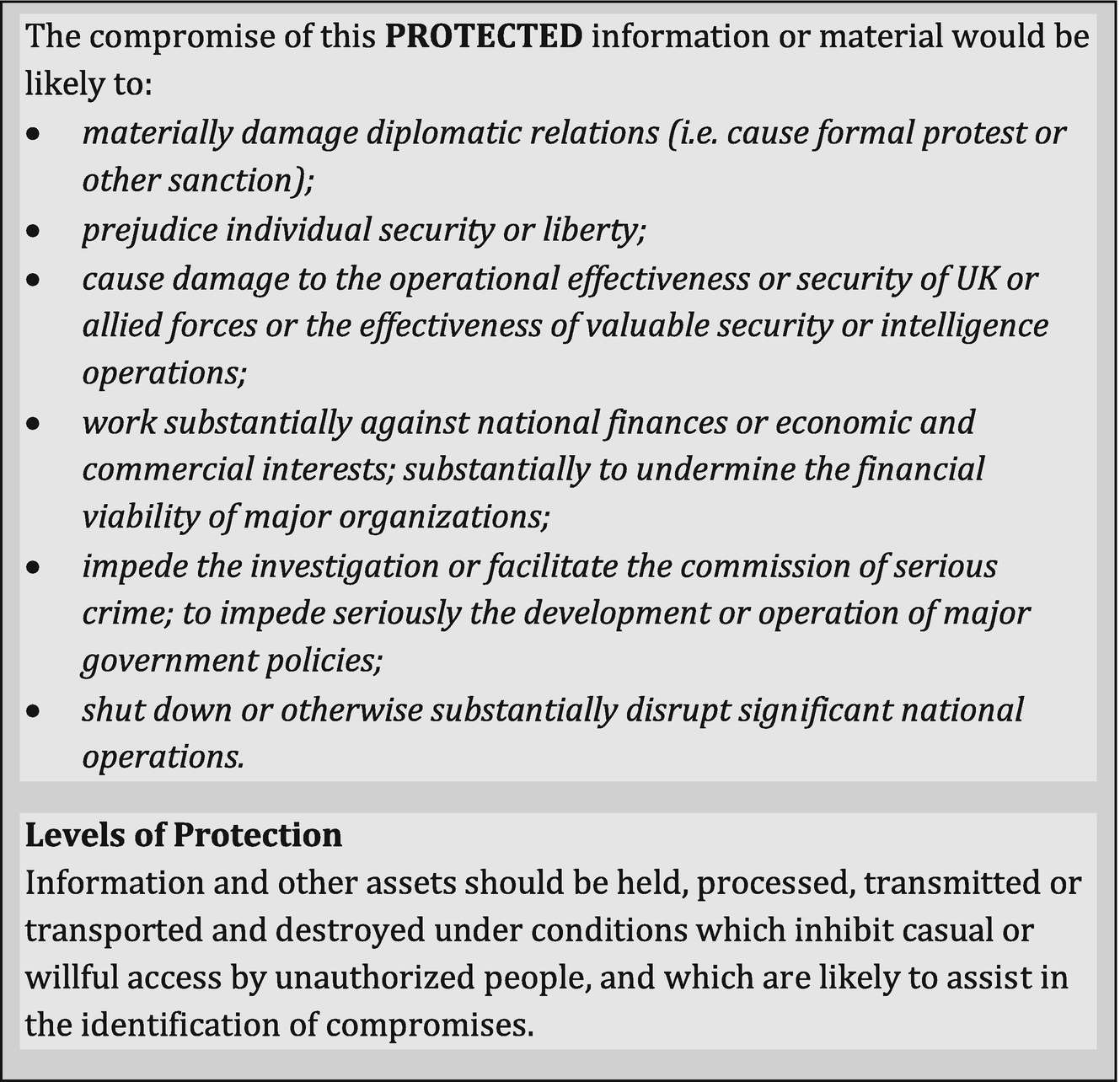Jim Seaman - Pci Dss: An Integrated Data Security Standard Guide
Here you can read online Jim Seaman - Pci Dss: An Integrated Data Security Standard Guide full text of the book (entire story) in english for free. Download pdf and epub, get meaning, cover and reviews about this ebook. year: 2020, publisher: APress, genre: Politics. Description of the work, (preface) as well as reviews are available. Best literature library LitArk.com created for fans of good reading and offers a wide selection of genres:
Romance novel
Science fiction
Adventure
Detective
Science
History
Home and family
Prose
Art
Politics
Computer
Non-fiction
Religion
Business
Children
Humor
Choose a favorite category and find really read worthwhile books. Enjoy immersion in the world of imagination, feel the emotions of the characters or learn something new for yourself, make an fascinating discovery.
- Book:Pci Dss: An Integrated Data Security Standard Guide
- Author:
- Publisher:APress
- Genre:
- Year:2020
- Rating:3 / 5
- Favourites:Add to favourites
- Your mark:
Pci Dss: An Integrated Data Security Standard Guide: summary, description and annotation
We offer to read an annotation, description, summary or preface (depends on what the author of the book "Pci Dss: An Integrated Data Security Standard Guide" wrote himself). If you haven't found the necessary information about the book — write in the comments, we will try to find it.
Gain a broad understanding of how PCI DSS is structured and obtain a high-level view of the contents and context of each of the 12 top-level requirements. The guidance provided in this book will help you effectively apply PCI DSS in your business environments, enhance your payment card defensive posture, and reduce the opportunities for criminals to compromise your network or steal sensitive data assets.
Applying lessons learned from history, military experiences (including multiple deployments into hostile areas), numerous PCI QSA assignments, and corporate cybersecurity and InfoSec roles, author Jim Seaman helps you understand the complexities of the payment card industry data security standard as you protect cardholder data. You will learn how to align the standard with your business IT systems or operations that store, process, and/or transmit sensitive data. This book will help you develop a business cybersecurity and InfoSec strategy through the correct interpretation, implementation, and maintenance of PCI DSS.
What You Will Learn
- Be aware of recent data privacy regulatory changes and the release of PCI DSS v4.0
- Improve the defense of consumer payment card data to safeguard the reputation of your business and make it more difficult for criminals to breach security
- Be familiar with the goals and requirements related to the structure and interdependencies of PCI DSS
- Know the potential avenues of attack associated with business payment operations
- Make PCI DSS an integral component of your business operations
- Understand the benefits of enhancing your security culture
- See how the implementation of PCI DSS causes a positive ripple effect across your business
Who This Book Is For
Business leaders, information security (InfoSec) practitioners, chief information security managers, cybersecurity practitioners, risk managers, IT operations managers, business owners, military enthusiasts, and IT auditors
Jim Seaman: author's other books
Who wrote Pci Dss: An Integrated Data Security Standard Guide? Find out the surname, the name of the author of the book and a list of all author's works by series.















